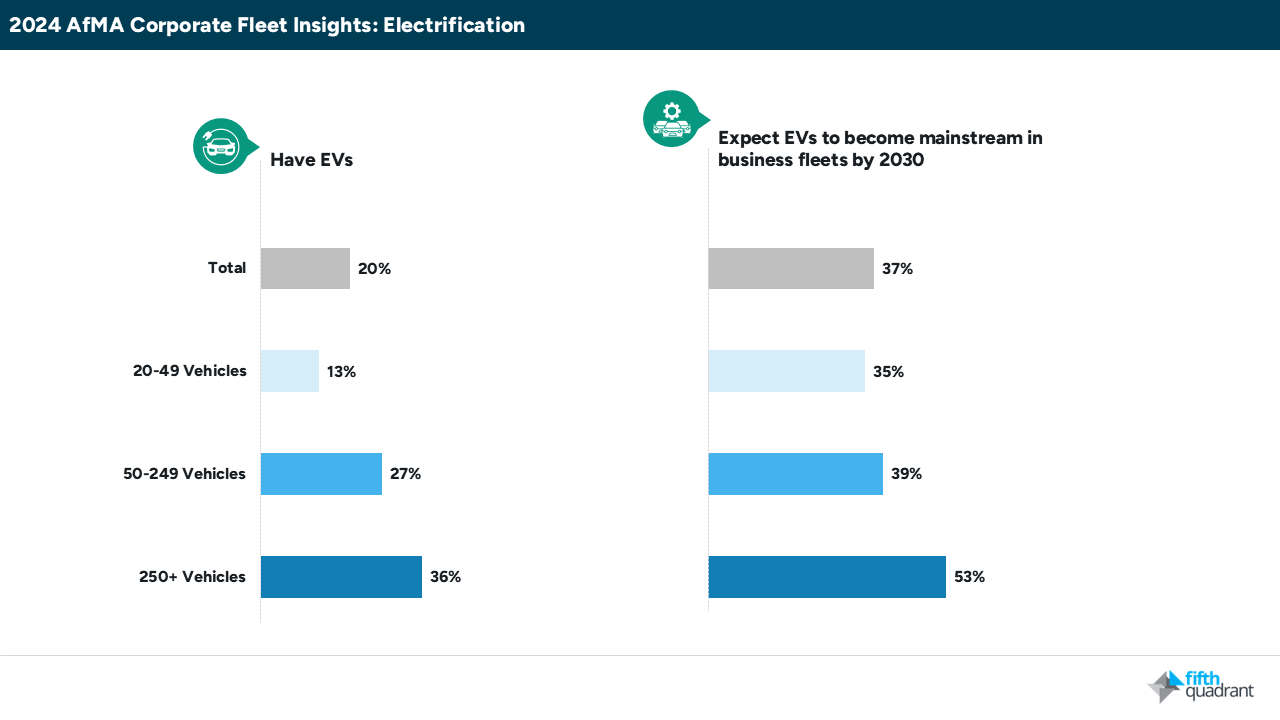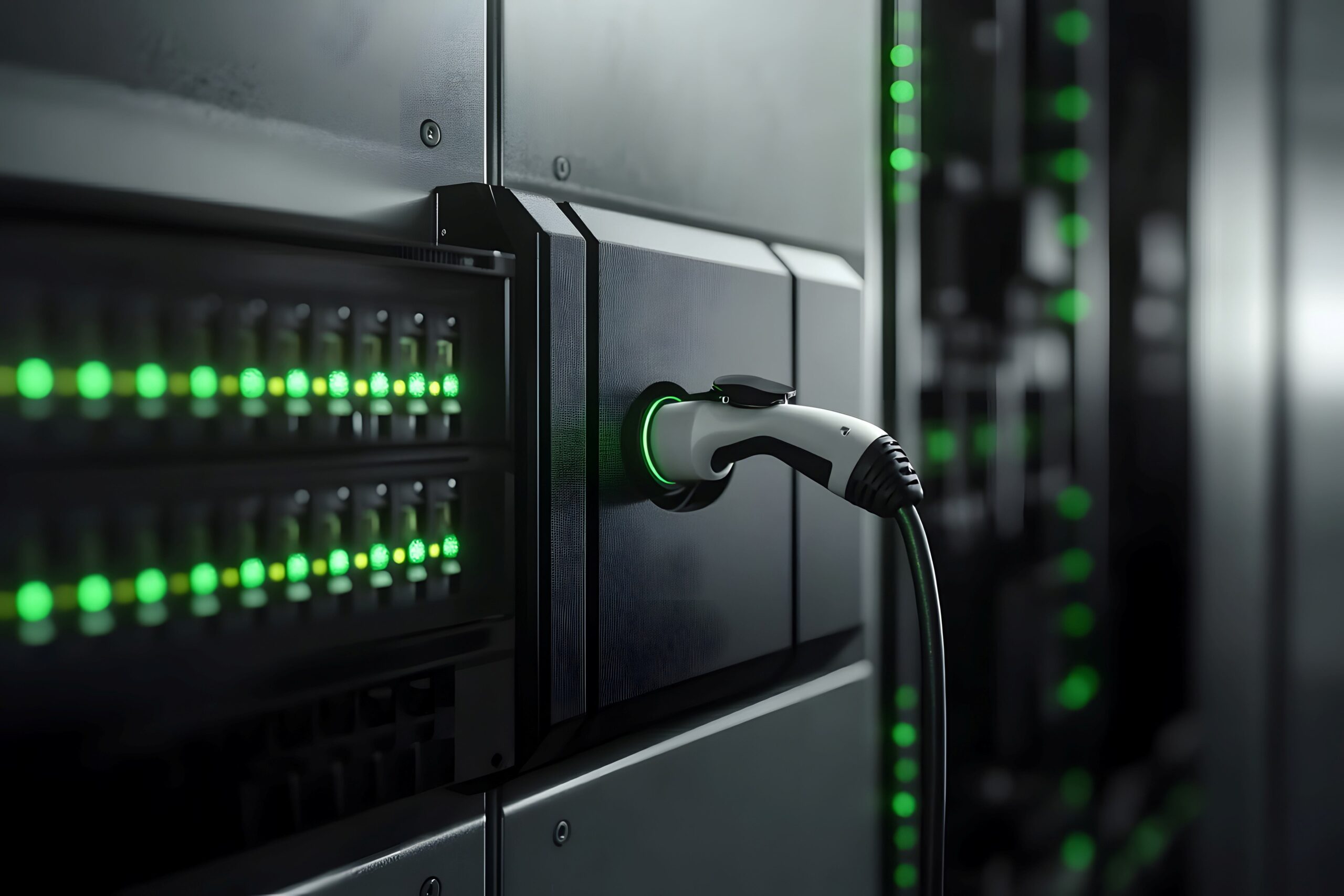Author: Angus McLachlan | Posted On: 30 Apr 2025
As the energy sector undergoes rapid transformation, electric vehicles are emerging not only as a sustainable mode of transport but as strategic assets within the broader energy ecosystem. At the heart of this transition is Vehicle-to-Everything (V2X) technology, enabling EVs to interact with, and deliver power to, various endpoints including homes (V2H), commercial buildings (V2B), equipment such as tools on construction sites (V2L), and most significantly, the electricity grid (V2G).
The Australian Renewable Energy Agency (ARENA) has labelled V2G the single biggest flexible (and yet untapped) resource in Australia’s energy transition. This technology enables EVs to soak up excess solar during the day and discharge back to the grid during peak demand, helping flatten the duck curve and maximise the value of daytime solar generation.
However, V2G remains an emerging technology due to varied compatibility between vehicles and chargers, emerging regulatory frameworks, and the high upfront capital investment required for full implementation. Although recent trials by Essential Energy and CSIRO have validated the technical feasibility of V2G in a residential setting, the most immediate and practical opportunity lies with corporate fleets. Compared to private users, fleets have advantages such as:
- High vehicle volume: Aggregated battery capacity offers greater energy exchange potential.
- Predictable usage patterns: Easier to forecast availability for charging and discharging.
- Extended idle periods: Especially overnight, providing optimal windows for grid participation.
As we found in the 2024 AfMA Corporate Fleet Insights Report, 20% of corporate fleets currently have EVs, with 37% expecting them to become mainstream by 2030. For many of these fleets, V2G will offer an opportunity to reduce operational costs and advance sustainability goals, while also supporting national energy resilience.

commercial benefits for fleet operators
The business case for V2G is compelling. At its core, V2G introduces a new revenue stream by transforming idle fleet vehicles into distributed energy assets, allowing businesses to generate additional return on investment by leveraging them as grid storage during non-operational hours.
This is particularly relevant given the growing pressure being placed on fleet managers to manage resources more effectively. As highlighted in the 2024 AfMA Corporate Fleet Insights Report, 59% see improving business efficiency as a high or top priority – an increase from 42% in 2022.
V2G could play a key role in delivering to this need, helping fleet managers unlock additional value from their existing assets. Early trials in residential settings, such as those run by Amber, have shown promising returns, with participants earning up to $4,000 per year. In a fleet context, the potential returns could therefore be substantial, supporting fleet managers in building a revenue generating portfolio and ultimately reaching their operational and strategic goals.
implementation roadmap
The first step is to assess current EV capabilities and charging infrastructure suitability. Not all EVs or chargers support bi-directional flow, so identifying compatibility is critical. For the 29% of corporate fleets currently assessing charger options, and the 22% evaluating which vehicles to electrify, incorporating DC bi-directional charging is a critical consideration.
Infrastructure upgrades will also likely be required. This includes V2G-capable charging units, energy meters, and load management systems. Beyond hardware, effective V2G depends on software platforms that can orchestrate vehicle schedules, grid signals, and energy pricing in real time. Innovators such as RedEarth and Sigenergy are already delivering solutions that enable this capability.
Collaboration with utilities is a critical step in successful V2G implementation. Fleet operators should investigate tariffs, incentives, and demand-side participation programs that can enhance the financial viability of their charging strategies. Encouragingly, half of all corporate fleets with EVs have either already engaged or are actively pursuing engagement with their utility providers to better manage charging schedules and optimise time-of-use rates.
A trial stage will then allow assessment to become action. This phase allows fleet managers to evaluate real-world performance, understand operational impacts, and gather data on energy savings and ROI before committing to a broader rollout.
challenges and considerations
Despite the advantages, key challenges remain:
- Operational Readiness: Requires EVs to be adequately charged and ready for deployment when needed. V2G participation must not compromise day-to-day operational demands, making careful scheduling essential.
- Warranty Coverage: At present, only a limited number of EVs available in Australia explicitly support V2G functionality under warranty. While this number is expected to grow, the current narrow selection and lingering uncertainty continue to hinder large-scale adoption.
- Regulatory Complexity: Differences in grid rules, licensing, and market access across jurisdictions can hinder implementation. A clear understanding of local regulatory frameworks therefore becomes essential.
- Technical Complexity: Effective V2G integration requires tools for load balancing, and real-time decision-making. V2G is not entirely passive in a fleet environment and will require active management.
future outlook
As energy systems evolve, V2G will become increasingly integrated with broader distributed energy strategies. Policy momentum is building. Standardisation of V2G protocols, financial incentives for participation, and growing pressure to decarbonise transport are driving adoption forward.
V2G readiness begins with asking the right questions:
- What is your current energy spend, and could V2G reduce it?
- Do your EVs and chargers support bi-directional flow?
- Is your site infrastructure capable of supporting V2G integration?
- Have you spoken with your utility provider about participation opportunities?
Fleet managers are uniquely positioned to shape the future of energy. The focus now is on collaborating with ESG leaders and initiating informed conversations grounded in the right data. With thoughtful preparation today, V2G can unlock significant cost savings while reinforcing a long-term commitment to sustainability leadership.
Fifth Quadrant is a leading authority in Automotive market research and Energy Transition market research. Explore our in-depth Energy Transition Case Studies to see how we help organisations navigate change and drive innovation. Have questions or want to learn more? For any questions or inquiries, feel free to contact us here.
Posted in Uncategorized, Auto & Mobility, Energy Transition, TL

